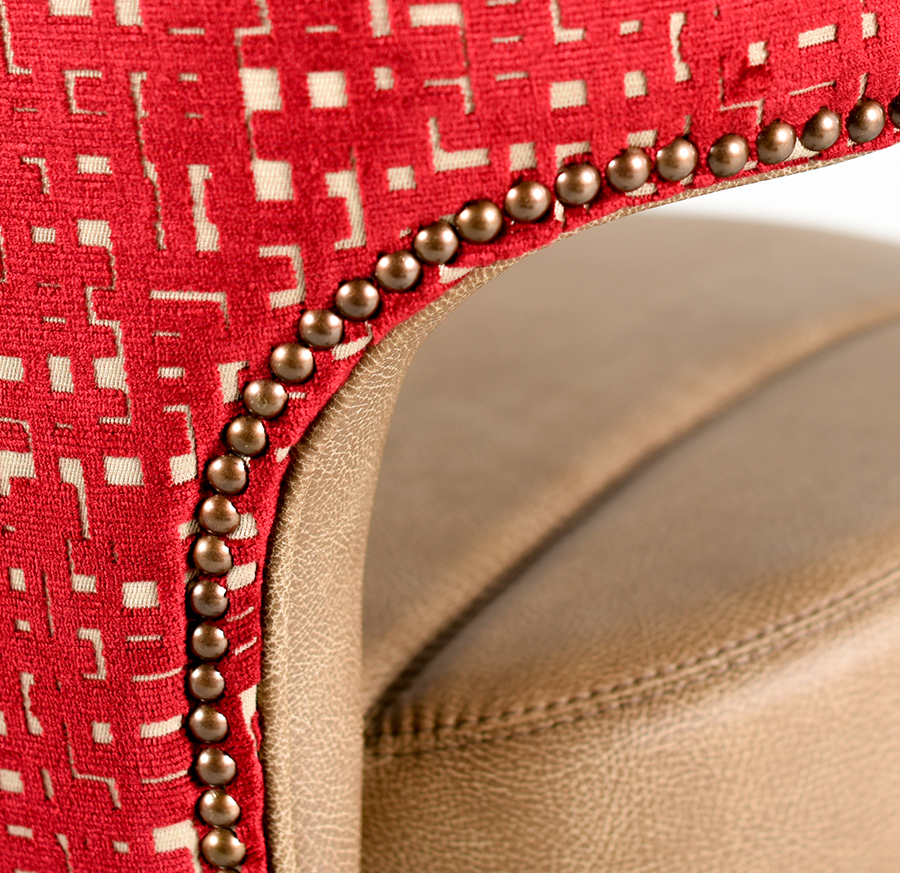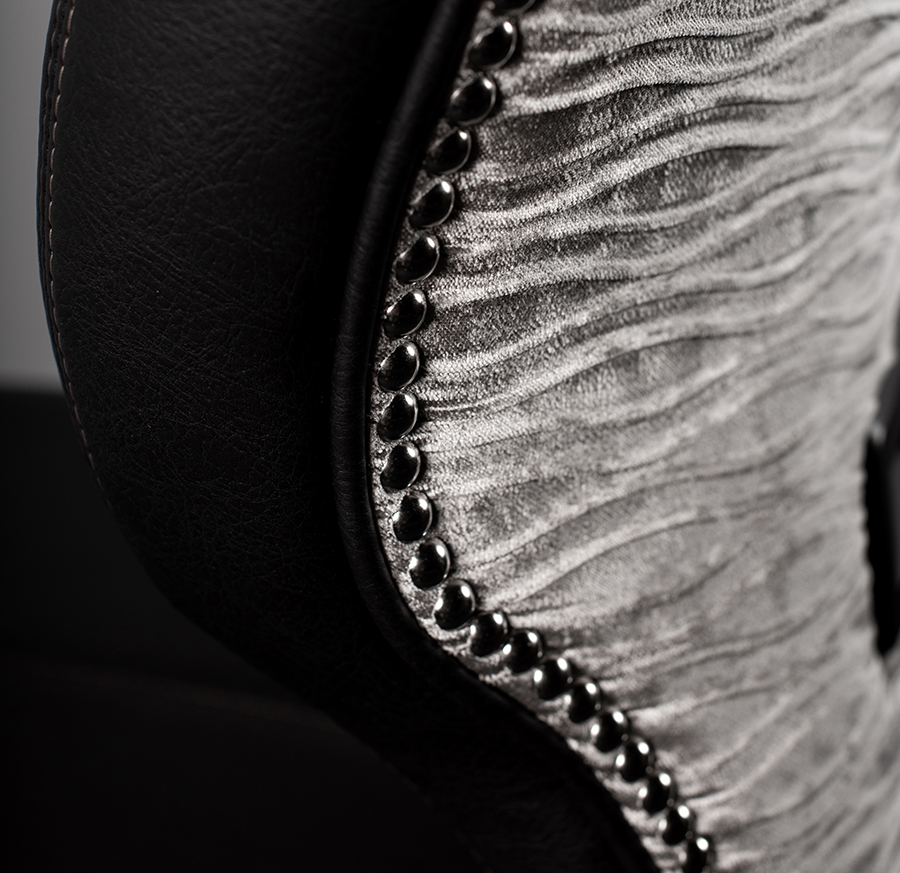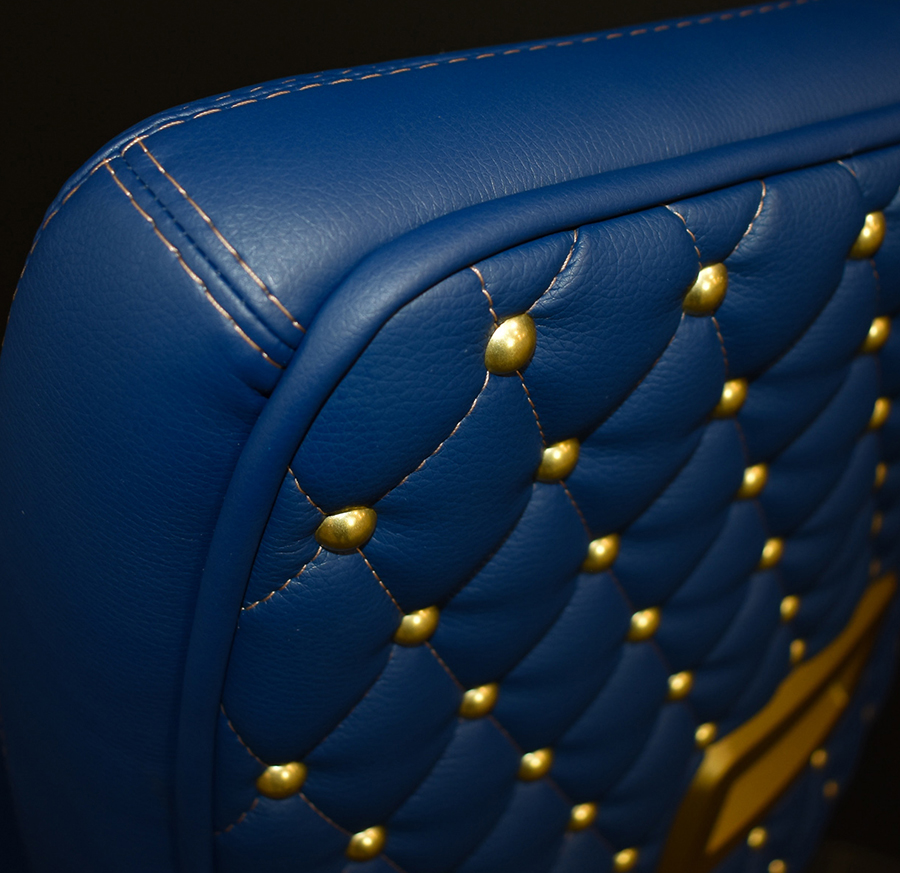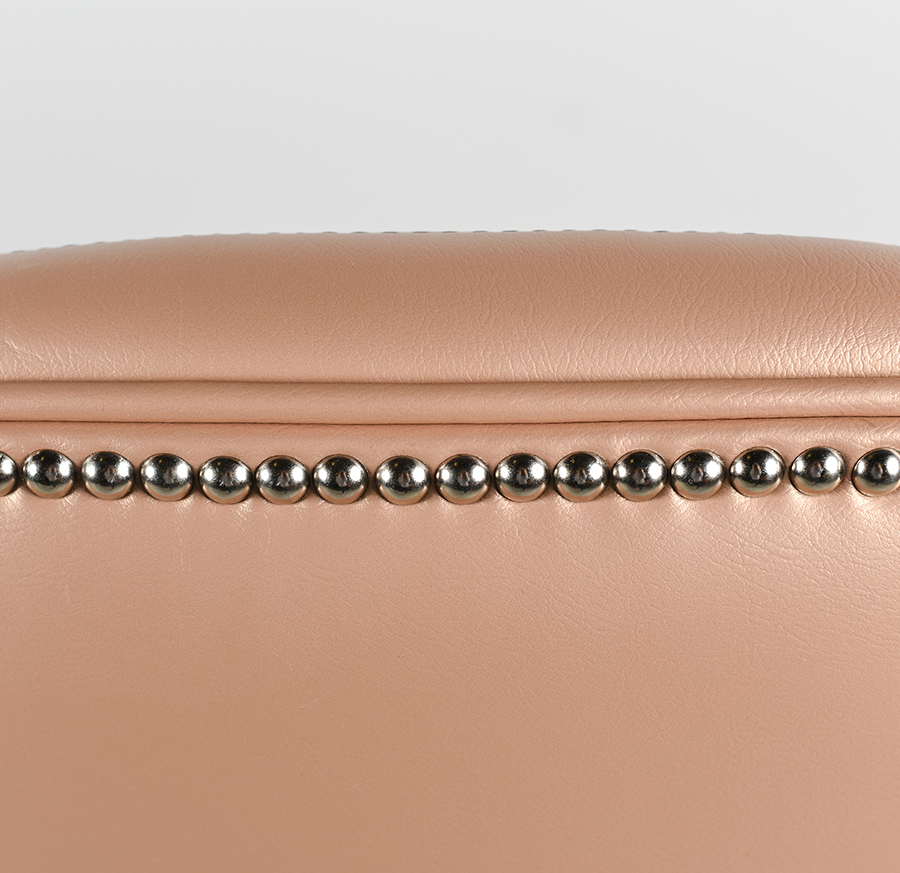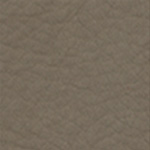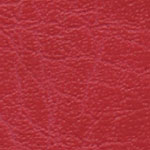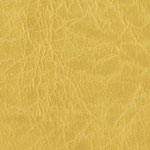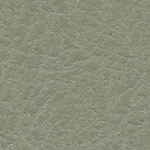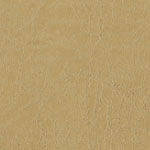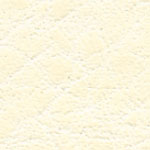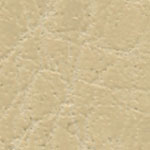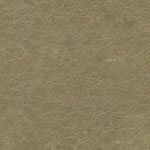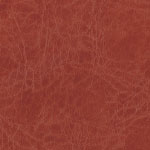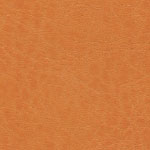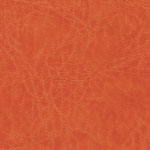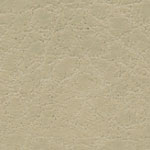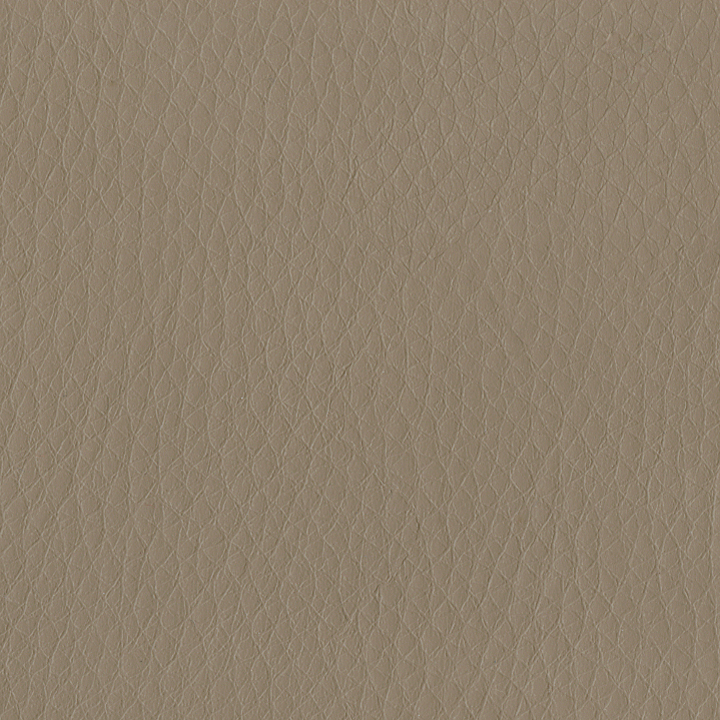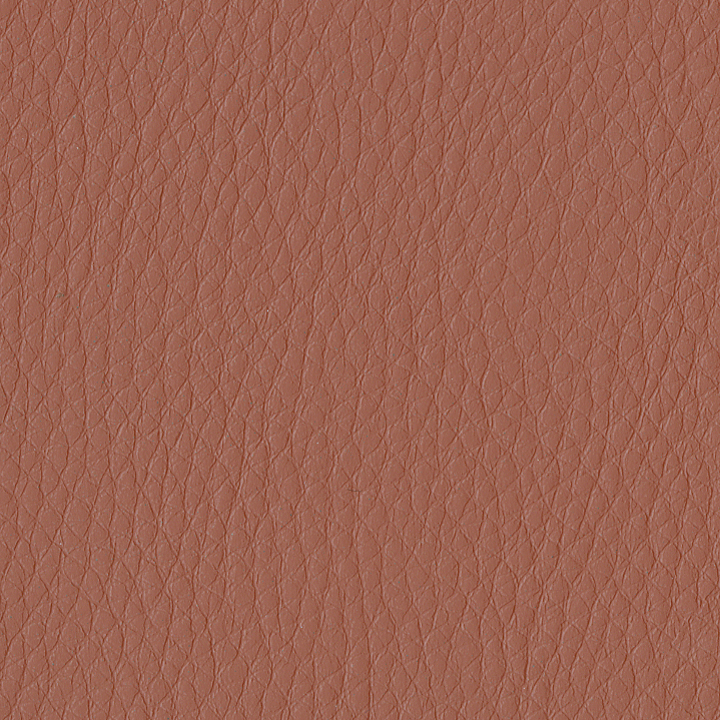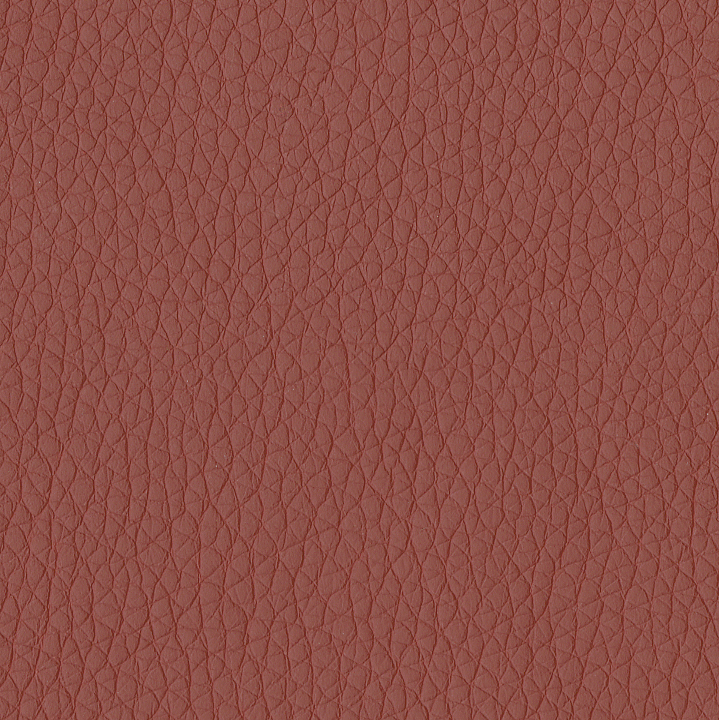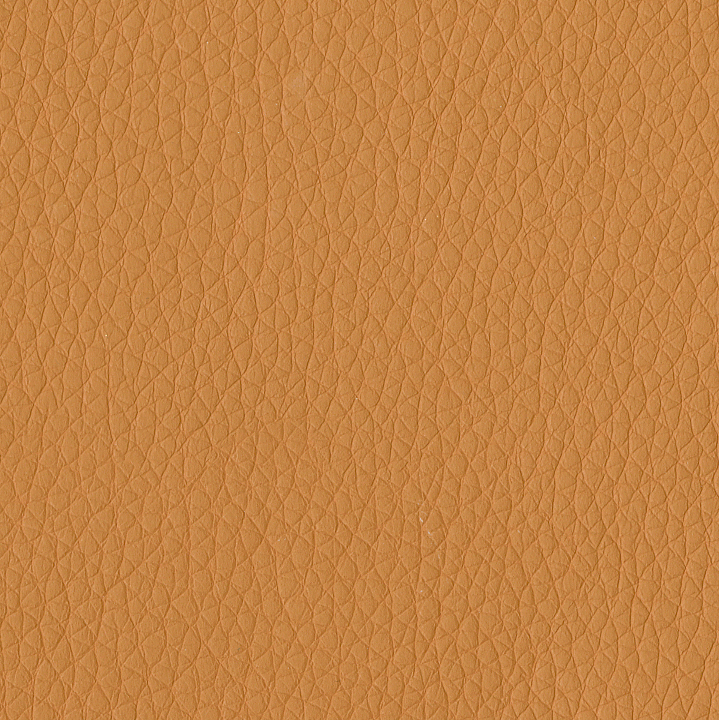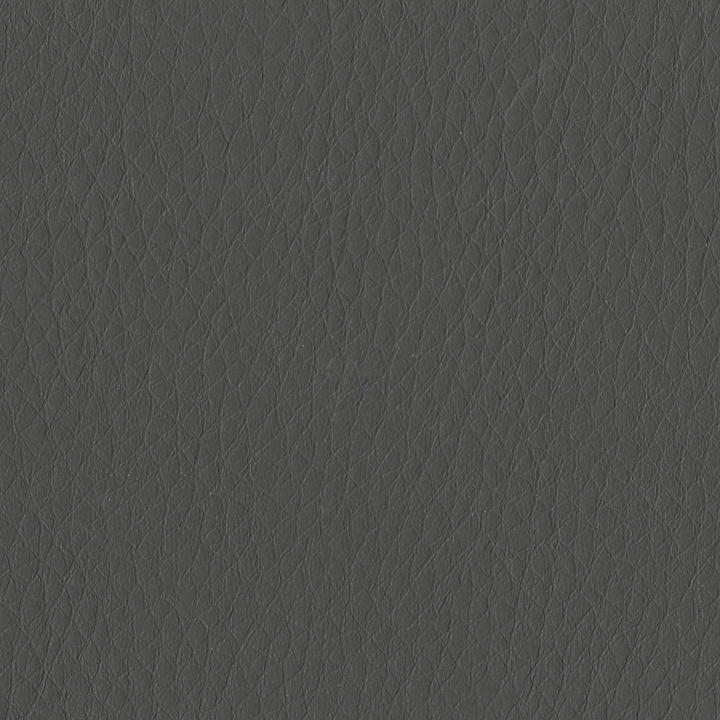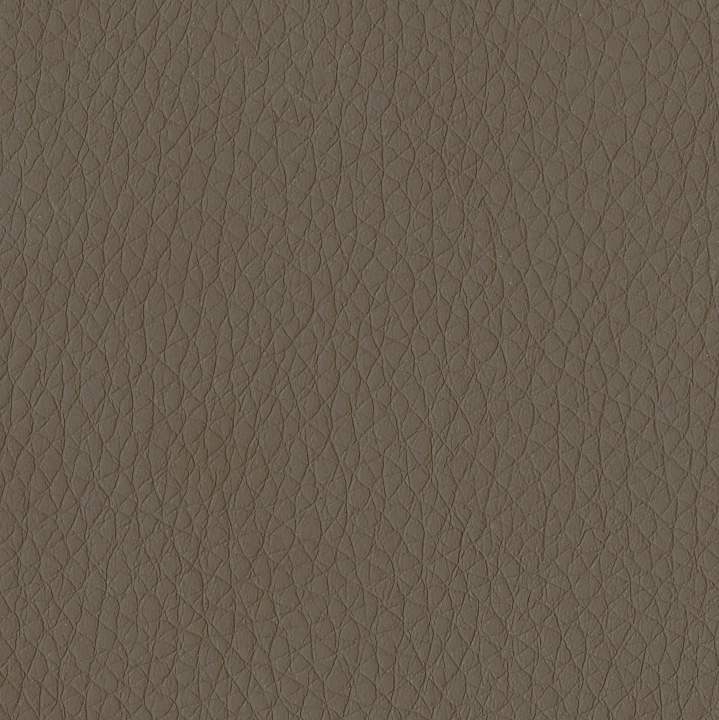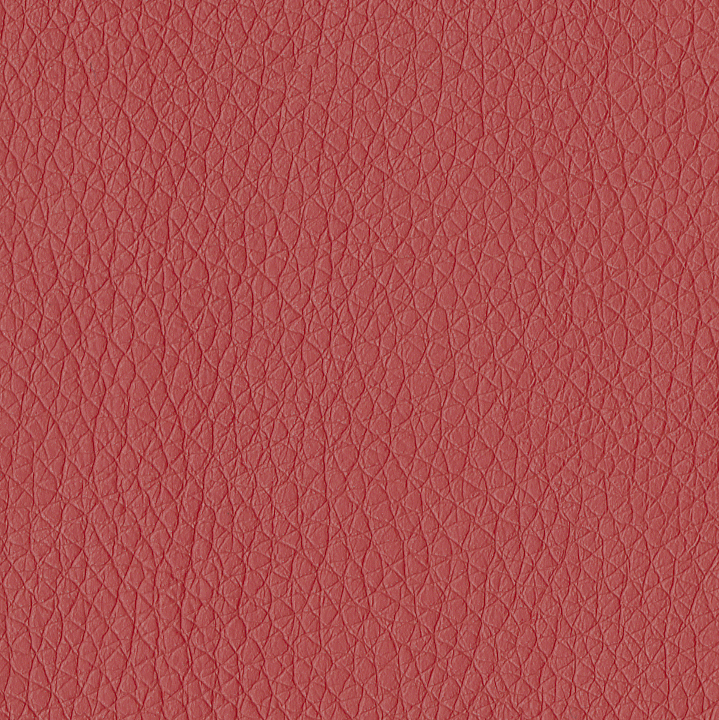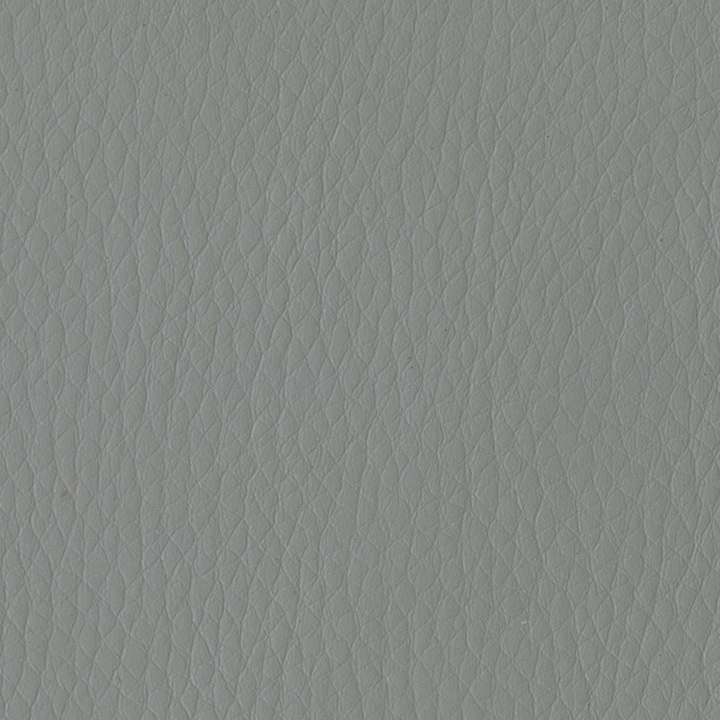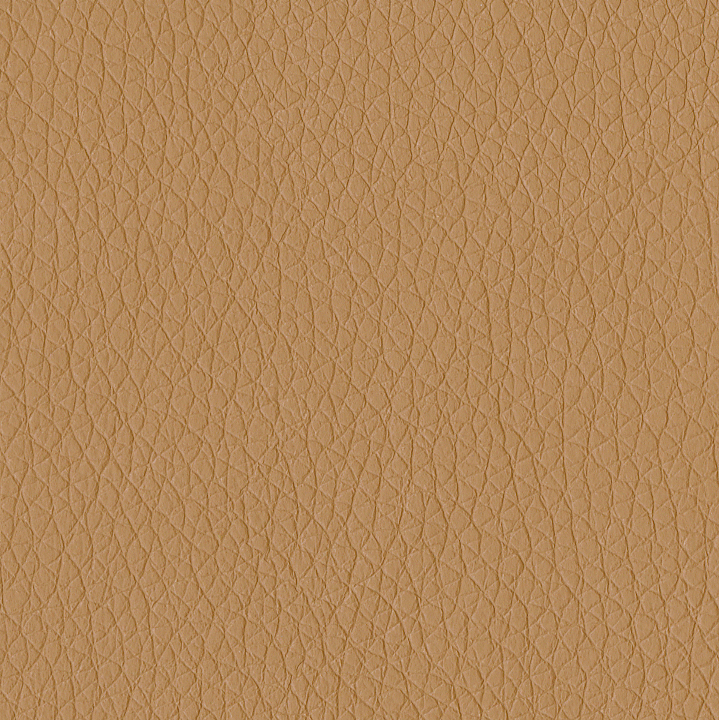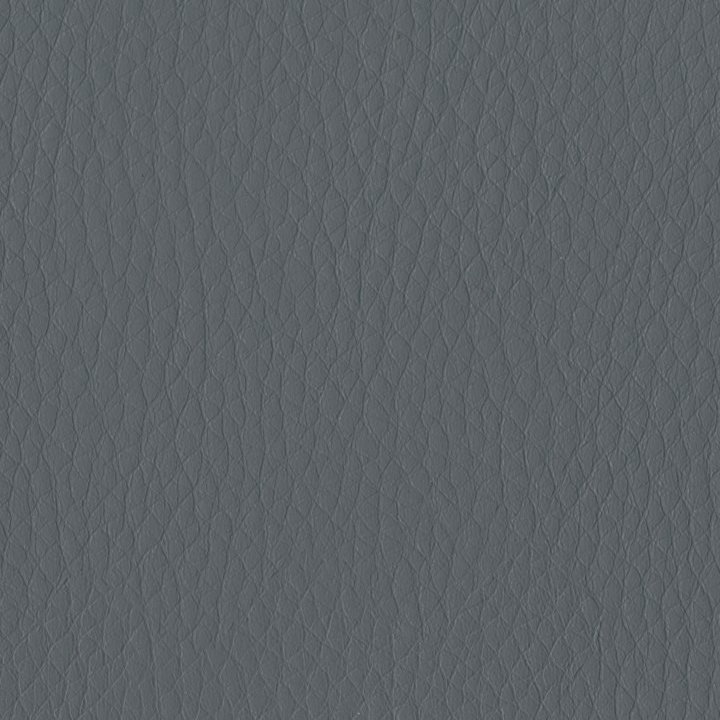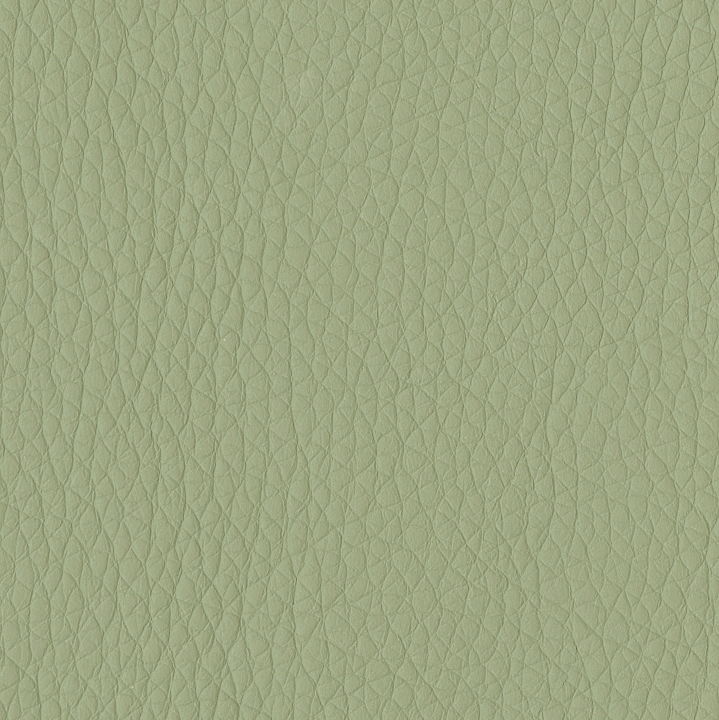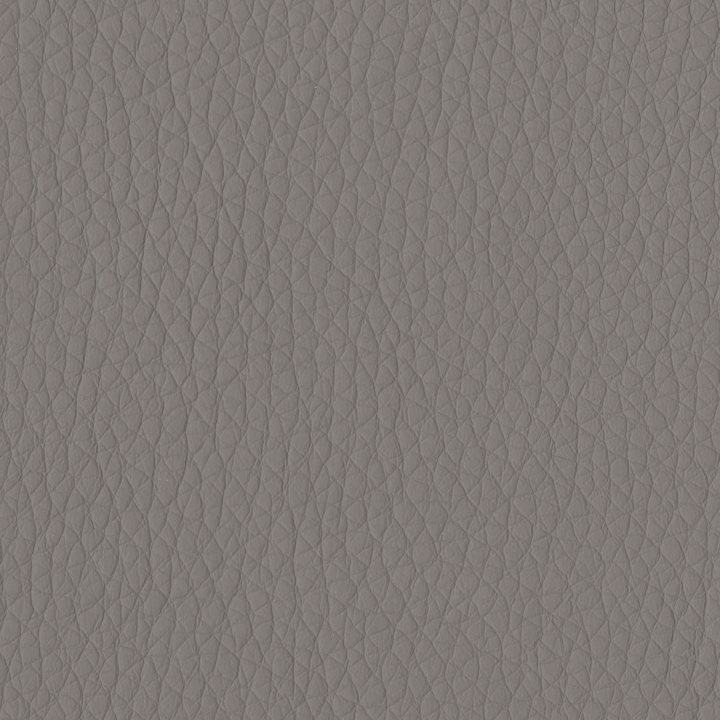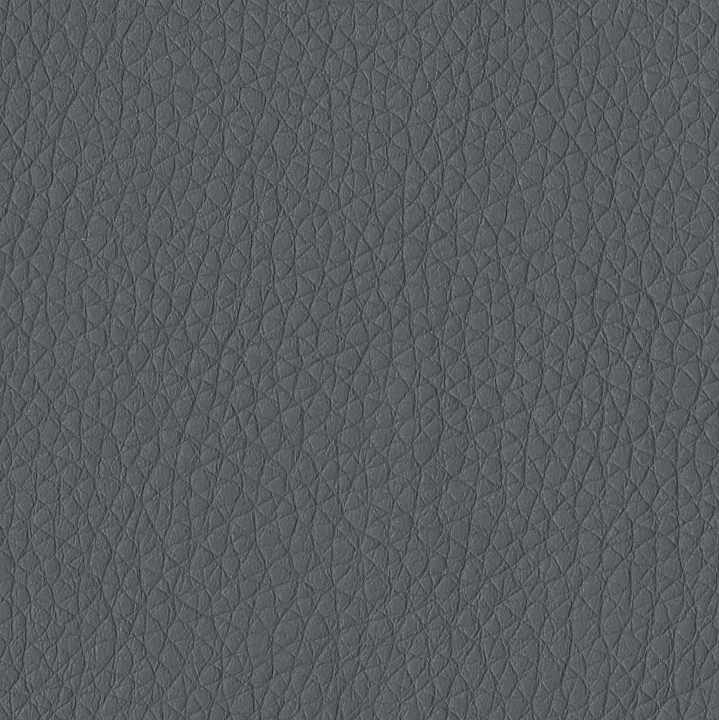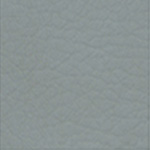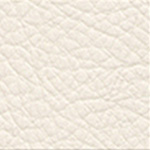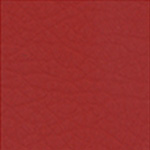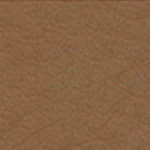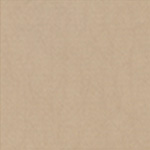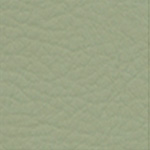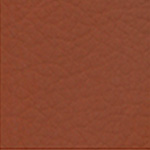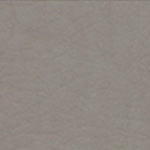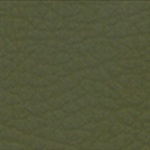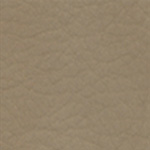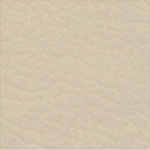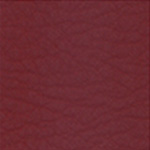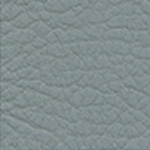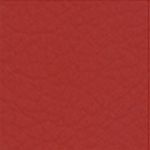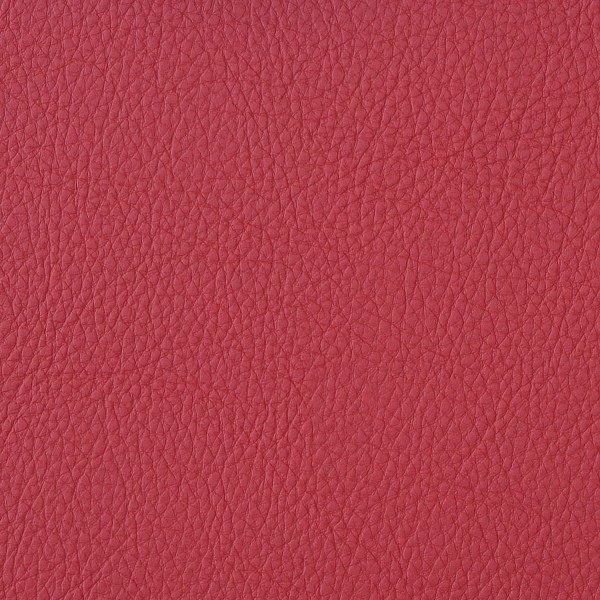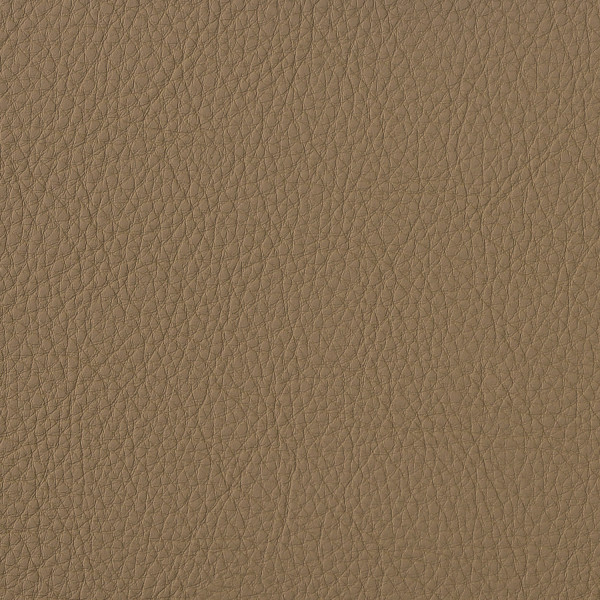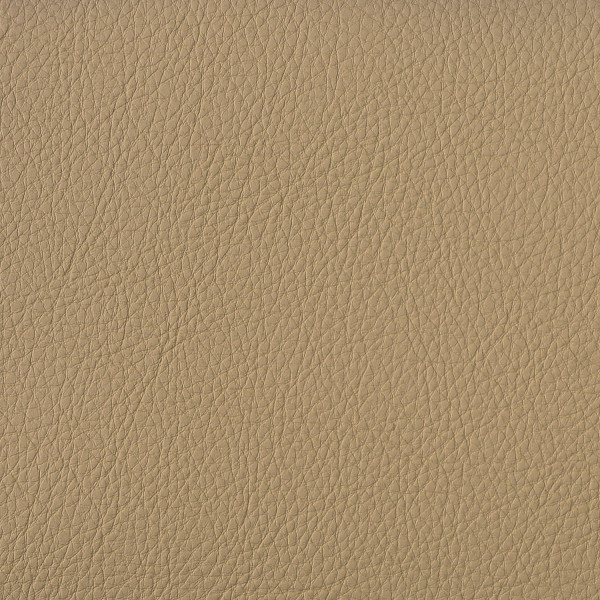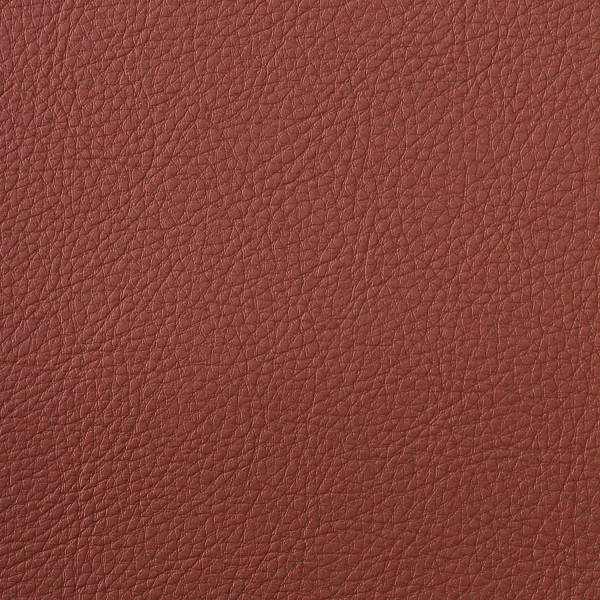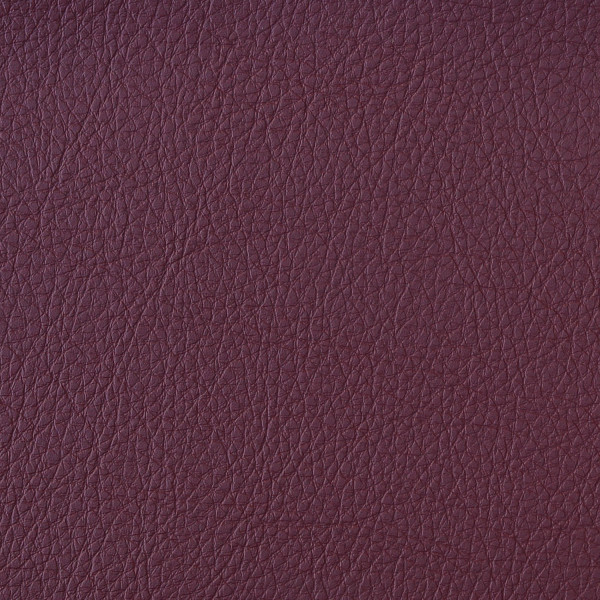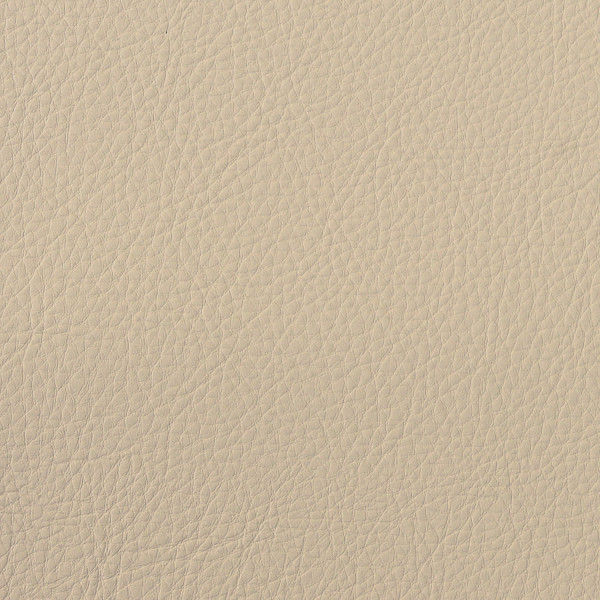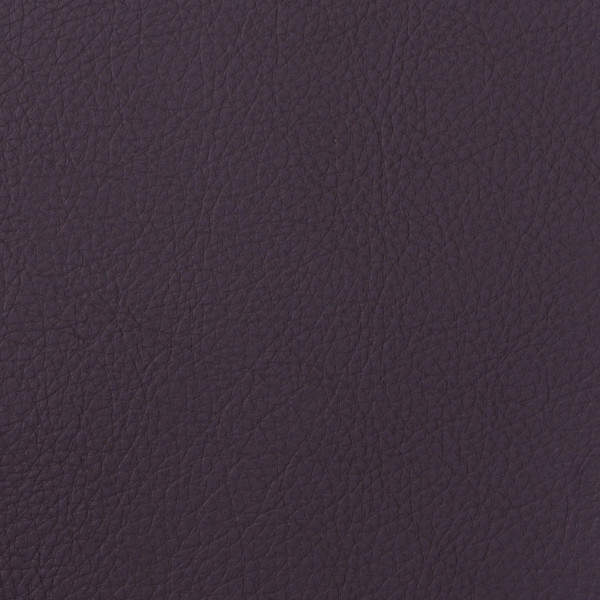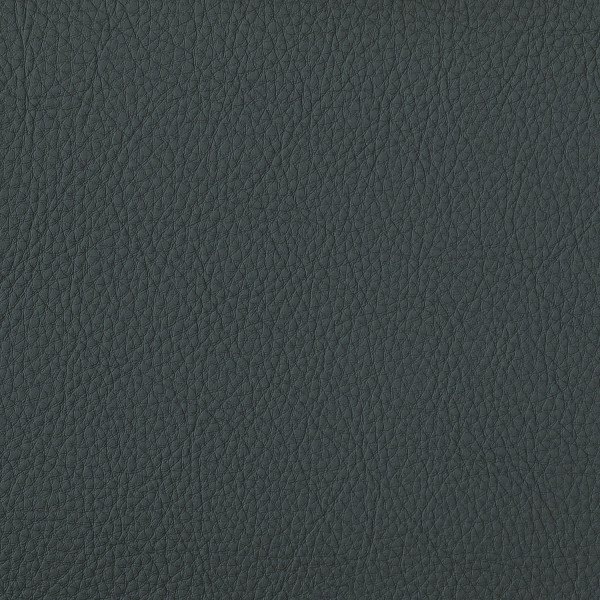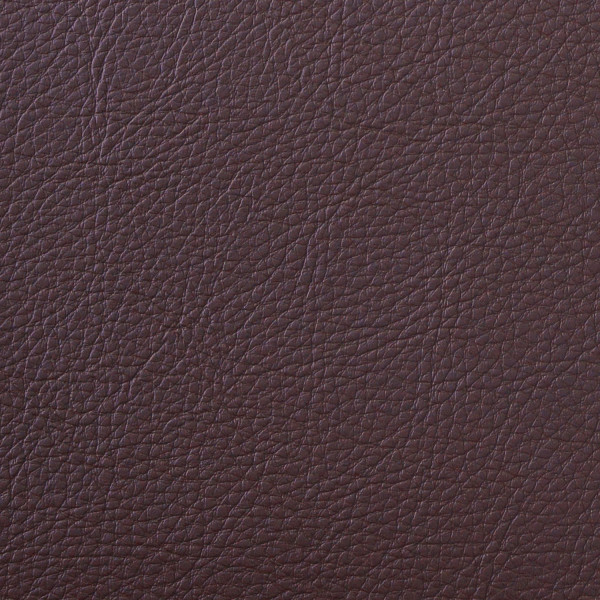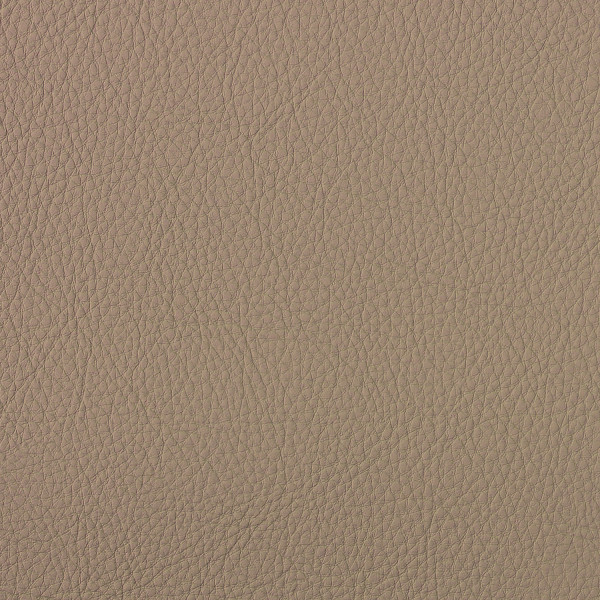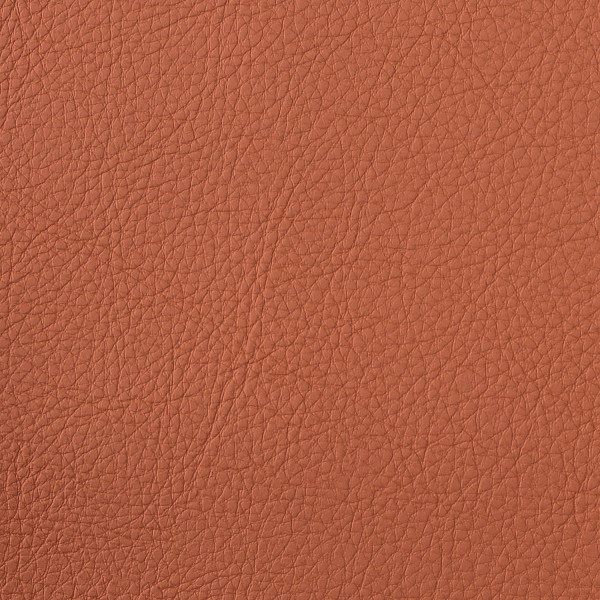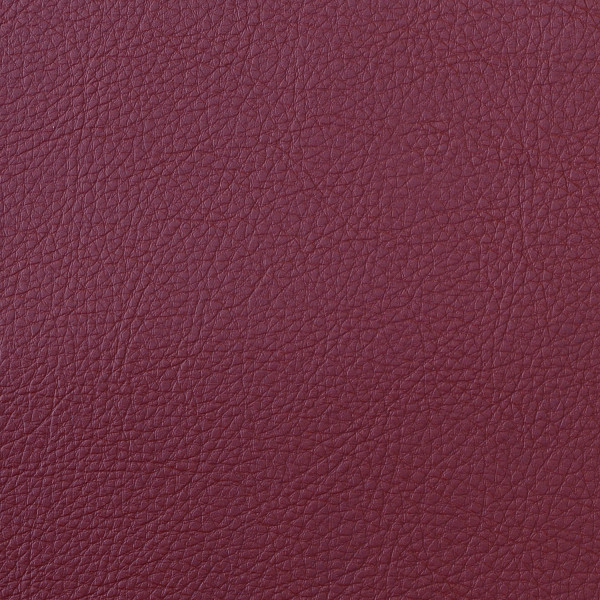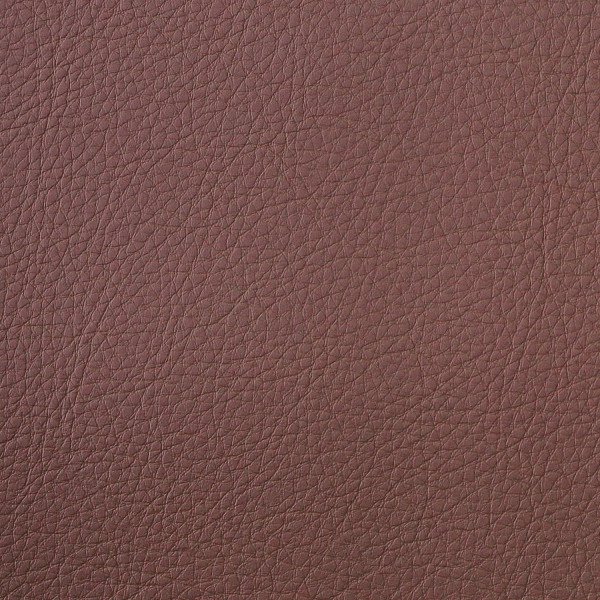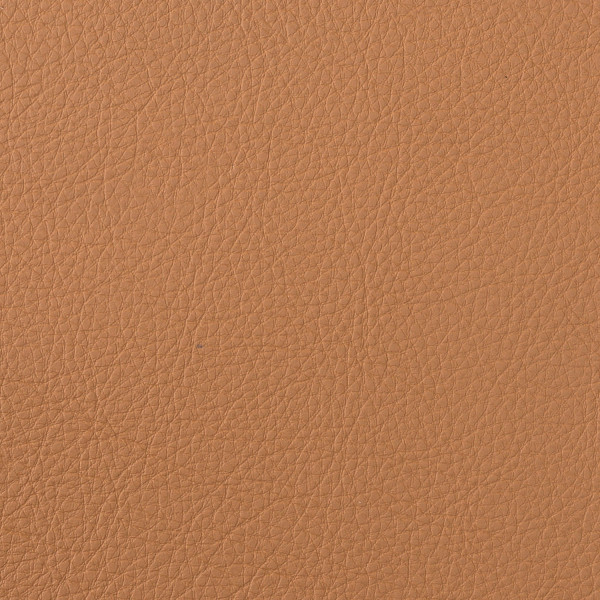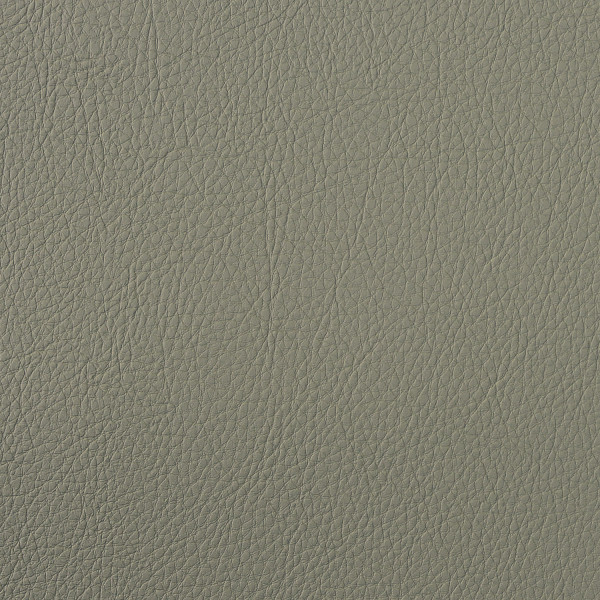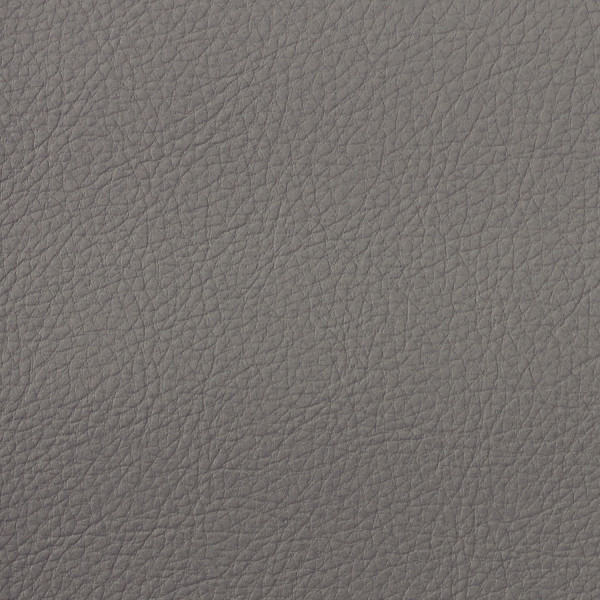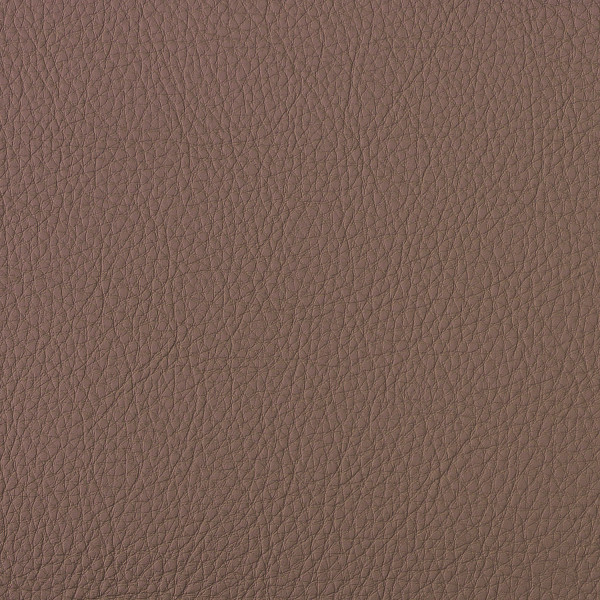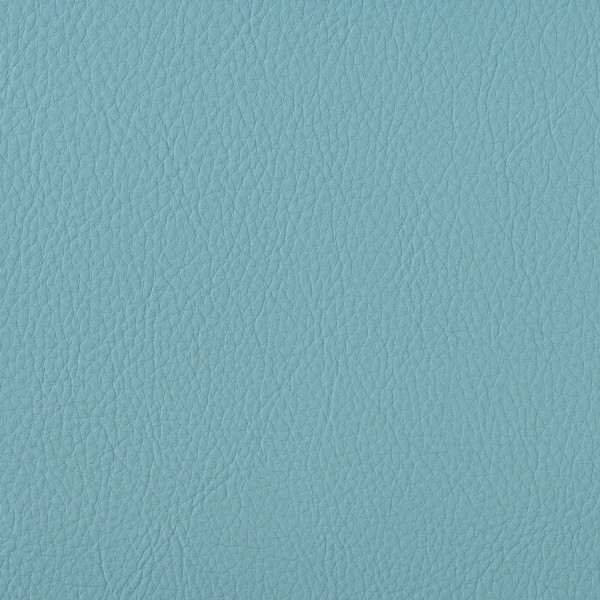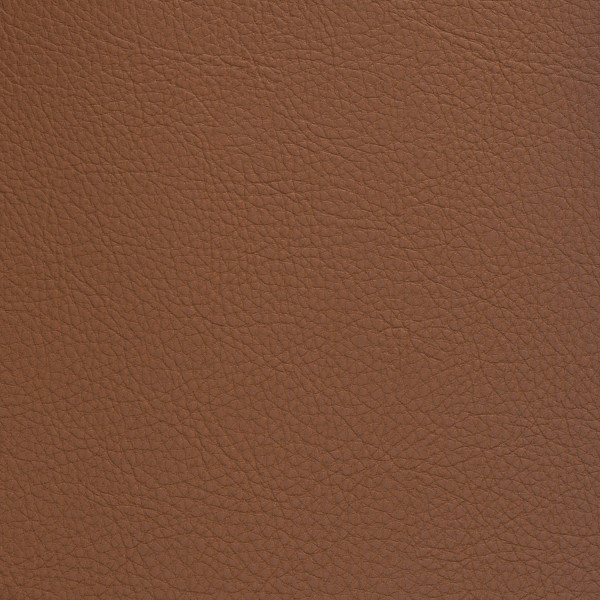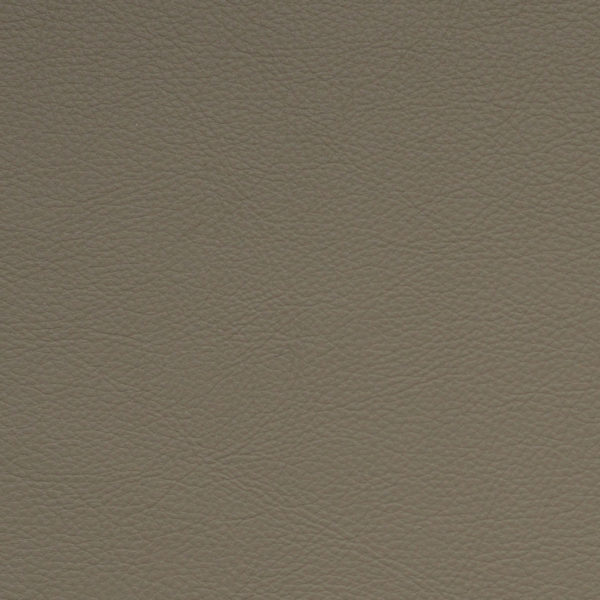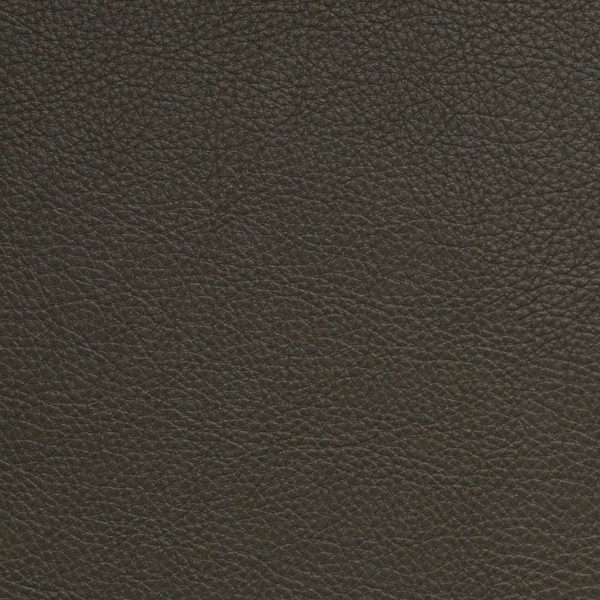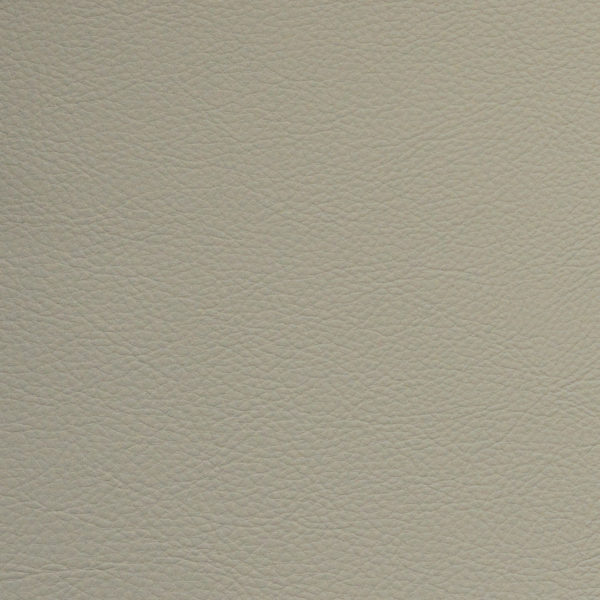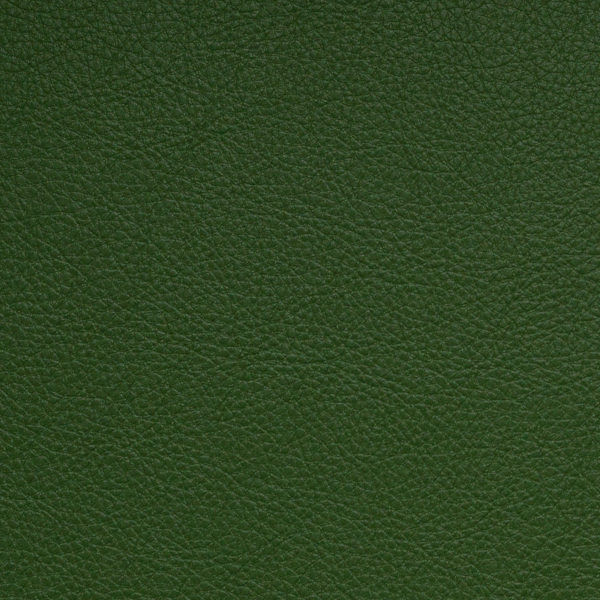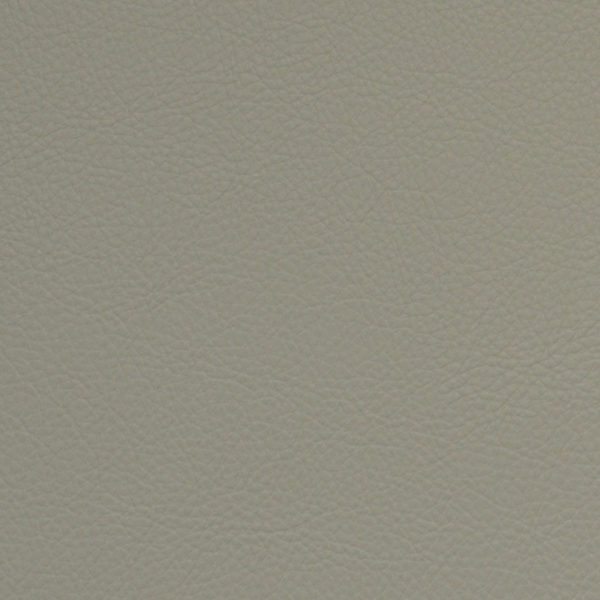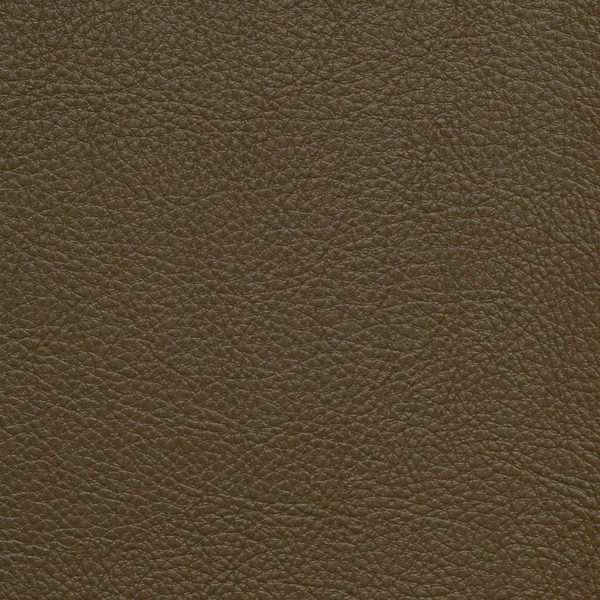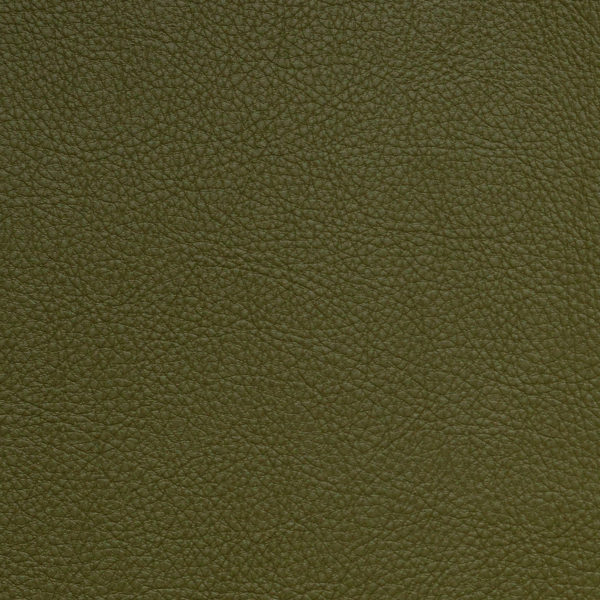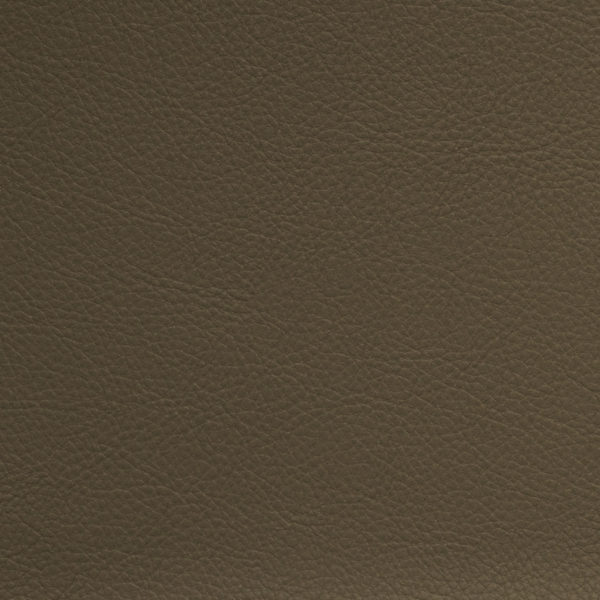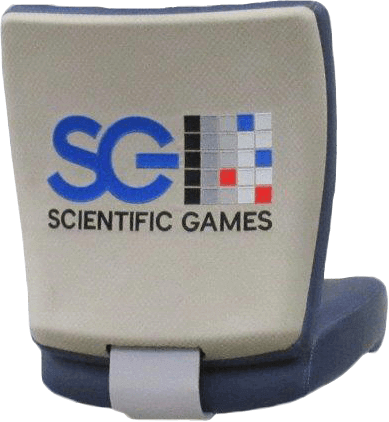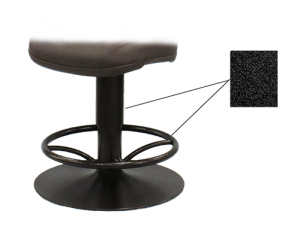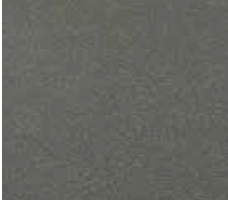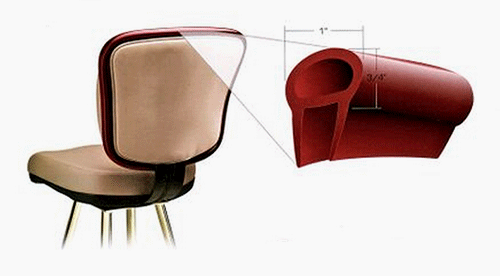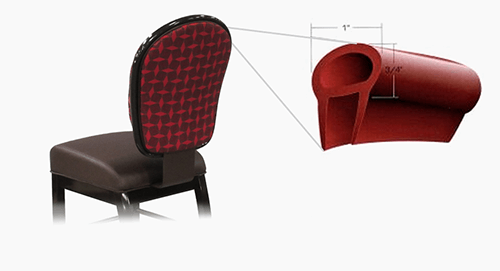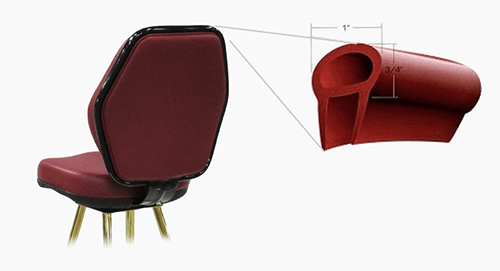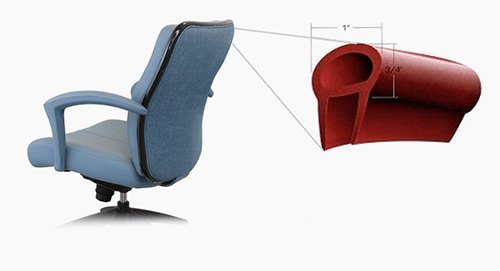The Importance of Comfort on the Bottom Line – Casino International
The aesthetic aspect of seating is of course important – and how the seats look will have a major influence on purchasing, it’s only human nature. But the comfort aspect of the seating is actually of greater import, because that’s what will ultimately affect your profits. Getting the seating in a venue right can make a big impact on your bottom line – if a player is comfortable at a slot, they’ll stay and play longer which equals healthier profits and player satisfaction. Uncomfortable, and if you’re lucky they’ll move to another part of the casino. If you’re unlucky, they’ll leave altogether.
How much influence can a GM have over the seating in their venue? That depends, of course, on the organisation, but a good GM will be looking at how and why players move and time on device to assess whether the seating has an adverse effect on their overall experience. Jimmy Howard has been with Genting as a General Manager for over ten years, with a successful stint as GM for Sun International in South Africa before that. Jimmy shared his experiences in selecting seating as a GM with Casino International, explaining: “[It] varies from company to company and development to development. Genting has a centralised purchasing system where they take the responsibility for seating and seating requirements, and the designers would be involved in the aesthetics. The GMs would partake just in case of any operational issues in terms of perhaps sizes, giving a professional view on the functionality and to make sure they are what we believe the customers want from a use perspective as well as citing in with the decor.” Jimmy’s previous experience in Africa was slightly different, with more input into the selection process and trialling different seating to assess impact. He said: “We would have a look at seating of different types, heights, widths, and we would place trial products in different locations around the casino just to see if there was any negative either subliminal or very open and aware comment from the public.” What this means is, other aspects of the customer’s visit may be impinging on their assessment so their view of the seating experience is biased. Perhaps they had a losing streak, or poor service – and they may not realise this is why they moved on. Jimmy added: “There is a trick in there and you have to be careful, as people may or may not know why they might or might not like a chair and you have to box clever to monitor if there is an adverse reaction in terms of time in play – particularly on the slot machines, less so on the table games – because there, you can monitor before and after a trial period just to make sure the customers are happy with what the product is.”
Combined with player tracking software, time on device is far easier to monitor and so an adverse reaction to seating should in theory be easier to assess and resolve more quickly. With carded play, within the casino’s CMS the algorithm that works out comp levels will be measuring time in play for carded guests, so the information is readily available to the operator. So what should an operator look for in seating? Jimmy elaborated: “The obvious one is that the aesthetics are not the key component. There have been too many occasions where people have created what are perceived to be beautiful casinos from the architectural perspective, but from an operational functionality level it doesn’t mean that that is what you need. It might look fantastic, it doesn’t mean that it’s going to do the job for you. So from an operational perspective, we would look past the aesthetics and make sure the customers feel comfortable on that seat. You might ask a customer that’s been in a seat for 20 minutes, do you like that seat? They say yes, it’s very comfortable – but five minutes later they have moved and they may not even be aware of why they are moving, they just go to another machine. It might be that the support or cushioning is incorrect on the seat, the height is wrong, it could be any of those factors and from an operational perspective that should be our focus, not the aesthetics.” More than just gaming Of course, many venues offer more than just gaming, and a good seating supplier will be able to both supply for all of those needs and still tie it all together aesthetically.
The Hippodrome Casino, in London’s Leicester Square, has gaming, plus an outdoor bar and seating area, several dining choices and a 300-seat cabaret theatre; spokesman Ian Haworth told CI: “The brief for our seating suppliers – PST – was to make our customers as comfortable as possible, and to help make their stay as prolonged as possible. Because of the unique design of our main atrium and other key gaming areas in the Hippodrome, comfort had to be combined with style and design, with focus on the theme of the various areas throughout the building. We have several unique areas within the casino but everything ties together beautifully aesthetically. Every seating design is quite different in each area, but all with that focus on comfort and dwell time. “In some areas, they have to be strong enough for the customer to even stand on – in our cabaret theatre, the entertainment is so good there has to be a certain sturdiness, especially when you have an act like Prince performing.”
Direct quote from April 1st 2014 article in Casino International. To read the entire article, please click here.


